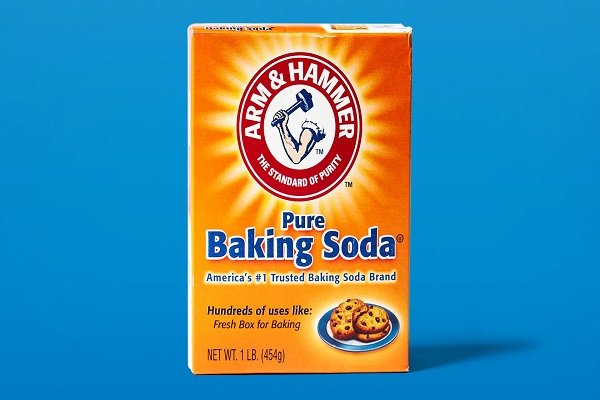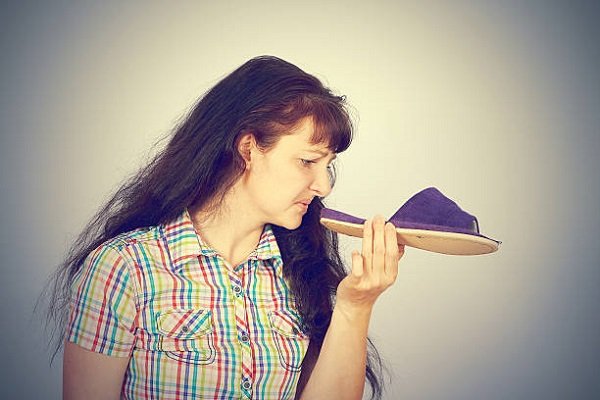Proper slipper washing is essential for maintaining cleanliness and quality in industries ,such as hospitality and healthcare. Cleaning slippers the right way without ruining them is a skill that can help you run your business better, make your customers happier, and save you money. Let me show you how to do it.
Why slipper Washing Is Important
Protecting Your Brand and Customer Experience
Clean slippers aren’t just a little thing. They’re a reflection of your commitment to cleanliness and quality. Whether it’s in a hotel room, a spa, or a healthcare facility, people notice. A slipper that’s not cleaned properly or is damaged can hurt your brand and make people unhappy or even create health issues.

The Risks of Improper Cleaning
If you don’t clean them properly, your slippers are going to wear out quickly. Stains, odors, or bacteria not only make them unusable but also increase your costs because you have to replace them. For example, if you don’t take care of the smell, you’ll have people complaining. You can neutralize odors with simple things like putting baking soda in them overnight to keep them fresh without destroying the material.

Industry-Specific Needs
Different industries have different needs when it comes to slipper hygiene:
- Hospitality: People expect everything to be spotless, including the slippers, as part of their experience.
- Gyms and Spas: Slippers in these environments get wet and are used a lot, so they’re breeding grounds for bacteria and mildew.
- Healthcare: Everything must be sanitary, and the slippers have to meet strict hygiene standards.
Cleaning Different Materials
You need to know what material your slippers are made from. Different materials require different cleaning methods, and if you don’t clean them correctly, you can ruin them.
Common Slipper Materials and Their Characteristics
- Fabric Slippers
- Fabric slippers,especially cotton, are often machine washable. To keep them in good shape, wash them on a low-temperature setting and use a short, slow spin cycle.
- If you have delicate fabric slippers that you can’t put in the washing machine, hand wash them in warm water with a little bit of detergent.
- Plastic or EVA Slippers
- Plastic or EVA slippers are durable and water-resistant. They’re easy to clean, but you have to be careful because they can crack. Usually, you can clean them by wiping them down with a cloth soaked in soapy water.

- Leather or Faux Leather Slippers
- For leather slippers, use a damp cloth with a little bit of soap to clean the surface. Don’t get them too wet. If you have stubborn stains, use a leather cleaner. For more types, you can click here.
Custom slipper Washing Approaches
- Handwashing
Hand Wash Hand washing is perfect for delicate materials. Use lukewarm water and a mild detergent to gently scrub away dirt. If you have suede slippers, you can use a suede brush to maintain the texture and remove dirt effectively. If you have oil stains, sprinkle cornstarch on the oil to absorb it before brushing. - Machine Washing
Machine washing is perfect for fabric slippers. Put them in a laundry bag to prevent wear and tear. Always avoid high heat when washing and drying to maintain their shape and structure.If you want to learn more, you can click here. - Odor Neutralization
A common problem is odor buildup, especially with fluffy or fabric slippers. A simple solution is to sprinkle baking soda inside, leave it overnight, and shake out the excess. Another option is to spray a mixture of white vinegar and water to kill bacteria and eliminate odors.

Creating an Efficient Slipper washingWorkflow
It’s important to have a system in place to clean a lot of slippers, especially in industries like hospitality and healthcare.
Standardized Cleaning Steps
- Sorting and Pre-Treatment
Sort slippers by material and how dirty they are. Spot treat any stubborn stains before moving on to the next step. - Cleaning
Use the appropriate cleaning method (hand wash, machine wash, or dry clean) based on the material. Always follow the manufacturer’s recommendations to avoid damaging the slippers. - Drying and Storage
Properly drying slippers is critical. Air drying is the safest method for most materials. For example, fabric slippers should be air-dried in a shady spot to prevent fading. Avoid using high heat sources like dryers because they can cause shrinkage or damage adhesives. Once dry, store the slippers in a cool, dry place to prevent mold and funky smells.

Cleaning in Bulk
When you’re cleaning a lot of slippers, you need to be efficient. You might use equipment like commercial washing machines with adjustable settings to handle different materials. You need to monitor it regularly to make sure you’re consistent and don’t have any problems.
Overcoming Common Objections
A lot of businesses don’t want to change their cleaning process because they’re worried about things. Here’s how to address them.
How to Avoid Damaging Slippers
- Use the right cleaning agents for the material of the slippers.
- Don’t use high heat when you wash or dry them.
- Be gentle with delicate materials like suede and leather. Don’t use a lot of water. Use special brushes or cleaners.
Removing Stubborn Stains
- Pre-soak fabric slippers in a mild detergent solution before washing them.
- Use cornstarch for oil-based stains or a special leather cleaner for stains on leather slippers.

How to Make Them Last Longer
- Rotate your slippers to reduce wear.
- Have a regular cleaning schedule to keep them clean.
Daily Maintenance Tips
Proper maintenance starts with your daily habits. Use these tips to extend the life of your slippers and keep them looking good.
- Clean Them Regularly-Don’t let dirt and grime build up. A quick wipe down or light wash can prevent stains and odors.
- Use Protection-Encourage people to use disposable insoles or socks in high traffic areas to keep from having direct contact with the slippers.
- Check for Damage- Regularly inspect your slippers for signs of wear and tear. Fix or replace them quickly to prevent bigger problems.
Conclusion
Cleaning your slippers without destroying them is a critical part of running your business in industries where cleanliness and appearance are important. By knowing what each material needs, creating an efficient process, and overcoming the objections, you can keep your slippers looking great and save money.
Remember, a clean slipper is more than just a thing. It’s a reflection of your brand and the quality and care you provide. Taking the time to figure out how to clean your slippers will pay off in happy customers, efficiency, and saving money in the long run.

